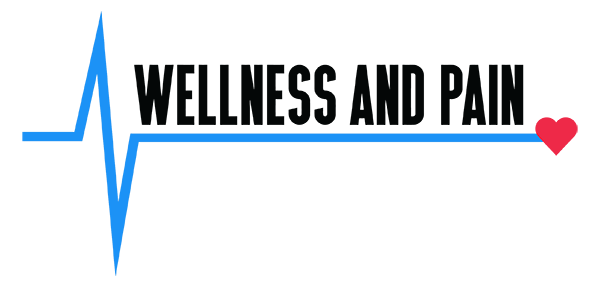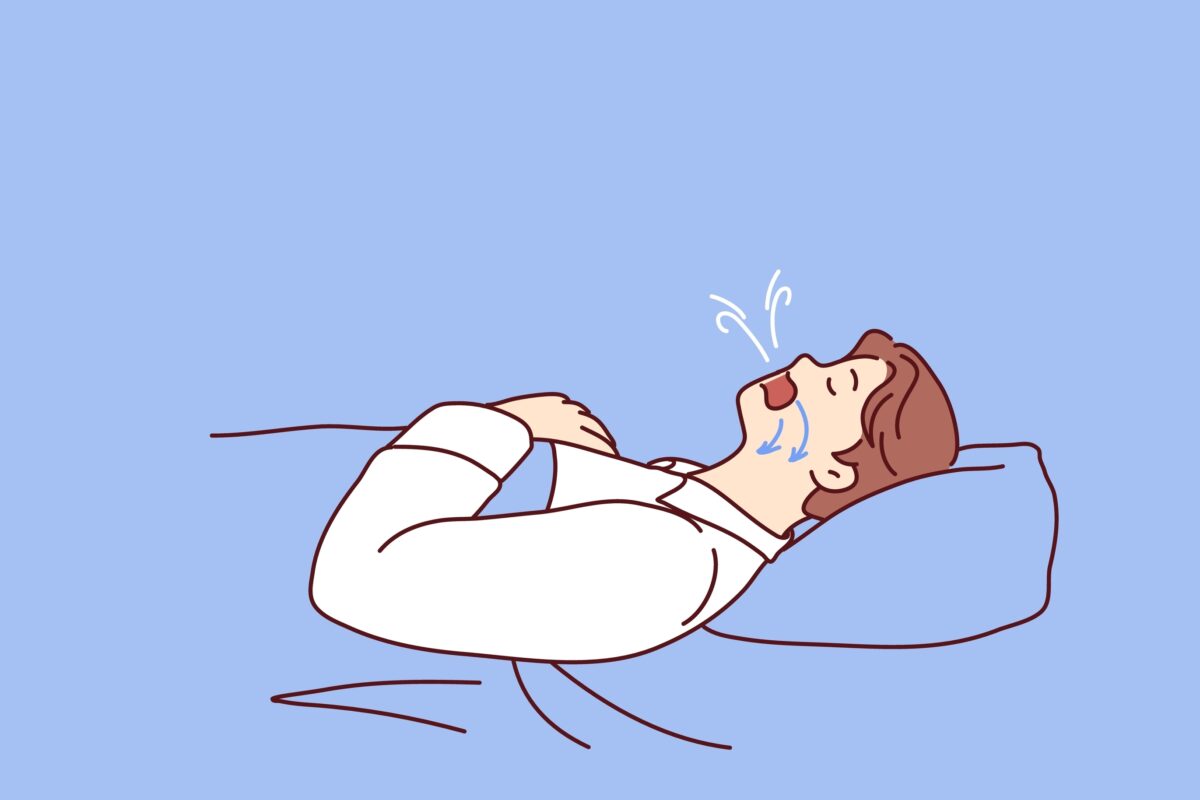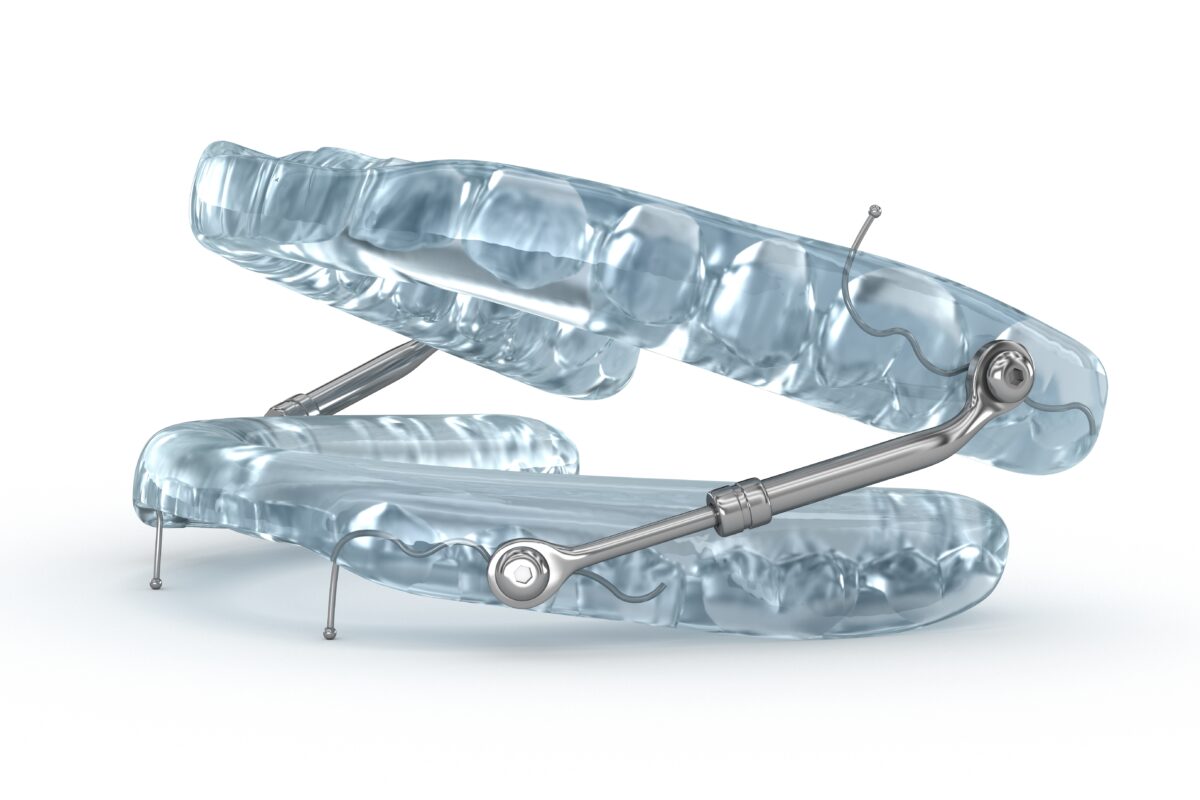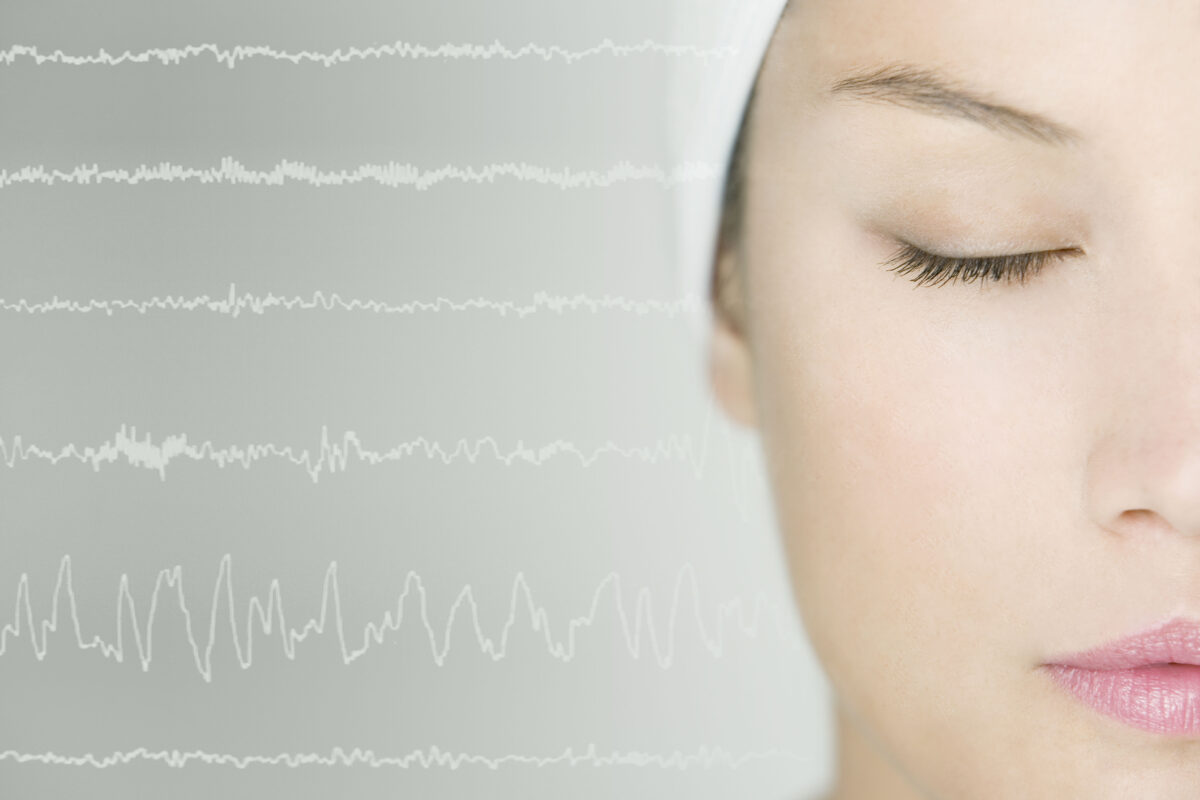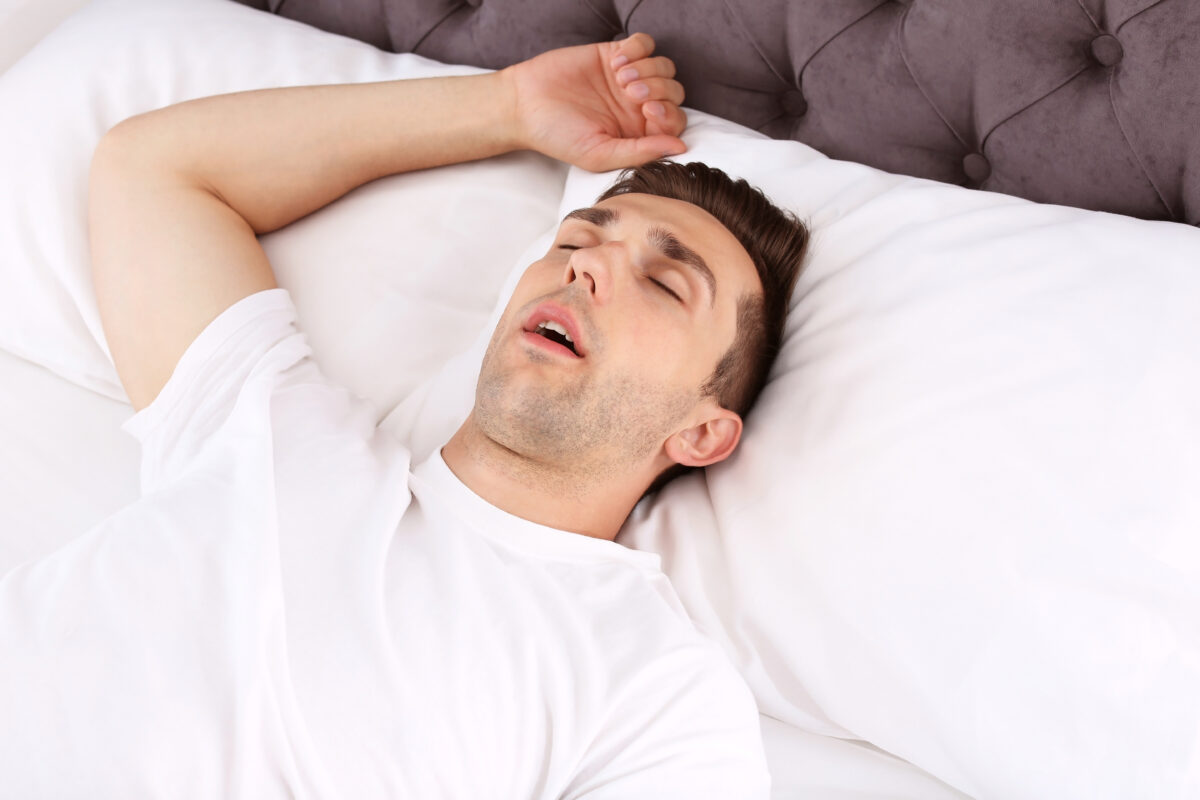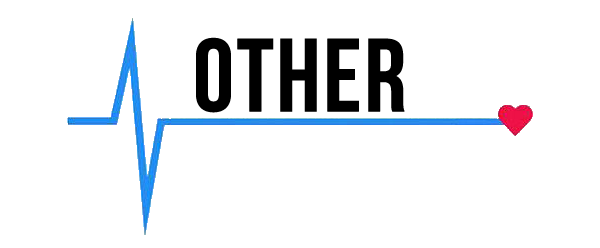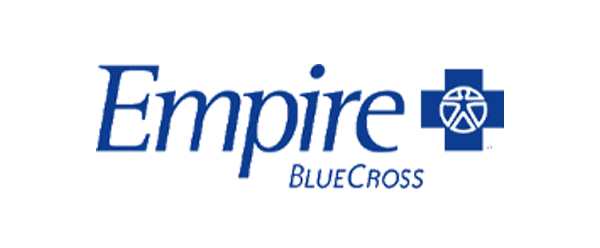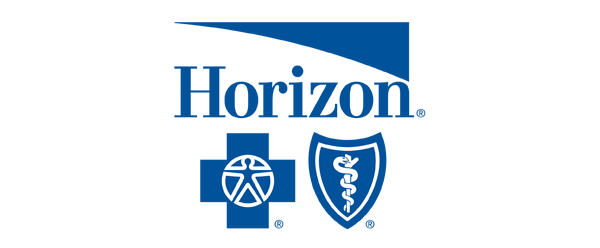One of the most common gadgets in the sleep apnea mouthpiece arena is a Mandibular Advancement Device (MAD). Imagine a retainer, but with a twist: two pieces, one for the upper teeth and one for the lower, interconnected in a way that gently coaxes the lower jaw forward. This design pulls your tongue and soft tissues away from the back of the throat, effectively widening the airway.
Tongue-stabilizing devices (TSDs) take a different approach, using suction to hold the tongue in a forward position, preventing it from collapsing backward. These mouthpiece devices are designed to address airway obstruction during sleep.
But a one-size-fits-all approach won’t cut it when it comes to something as intricate as the human mouth. This is where the distinction between custom-fitted and over-the-counter sleep apnea devices comes into play.
The level of precision offered in custom-fitted oral appliances is intricate. These devices begin with impressions or 3D scans of your teeth, making sure you have a snug and comfortable fit. This personalization is paramount, maximizing effectiveness and minimizing discomfort.
Over-the-counter options, including boil-and-bite models, offer a more accessible entry point for a sleep apnea mouthpiece. These devices allow for some customization, but they often lack the precision and comfort of their custom-made counterparts. While they provide a temporary solution, long-term use can lead to issues if the fit isn’t ideal.
| Feature | Custom-Fitted Devices | Over-the-Counter Devices |
| Creation | Made by a dentist, tailored to individual mouth. | Pre-made or “boil-and-bite” models. |
| Fit | Precise, comfortable, optimized for individual anatomy. | Less precise, potential for discomfort, limited customization. |
| Customization | Highly customizable, adjustable jaw advancement. | Limited customization, primarily “boil-and-bite” adjustments. |
| Material/Quality | Typically Higher quality materials. | Varies, can be lower quality materials. |
| Effectiveness | Generally more effective for long-term use. | May be effective for short-term use, but less reliable long-term. |
| Dental Health Considerations | Dentist ensures proper fit and monitors dental health. | Requires user to ensure proper fit, potential for dental issues if not fitted correctly. |
| Cost | Higher initial cost. | Lower initial cost. |
| Professional Oversight | Requires professional fitting and monitoring. | User often handles the fitting process. |
| Ideal for | Those needing a high level of customization, or those with complex dental situations. | Those looking for a cheaper, short term solution, or those looking to try a device before investing in a custom one. |
The human mouth is a marvel of diversity. Size, shape, tooth alignment, and jaw structure all play an important role in how a sleep apnea mouthpiece fits. A person with a narrow palate might require a device with a slimmer profile, while someone with a pronounced overbite might need a device with better mandibular advancement.
Apnea’s Hidden Toll vs. Sleep Apnea Mouthpiece Treatment
A recent Sleep Health Inquiries on Needs and Emotions survey (SHINE) reveals the overlooked effects of Obstructive Sleep Apnea (OSA) on people’s everyday lives, as well as the underappreciated sleep apnea mouthpiece marketplace.
The study, which represents one of the largest psychosocial sleep surveys ever conducted and includes 1,500 participants, provides a clearer picture of how OSA negatively impacts patients’ mental health, careers, relationships with loved ones, and other aspects of their lives.
Key findings include:
- Fatigue and Safety: 74 percent of participants reported experiencing fatigue from OSA, and 14 percent reported a sleepiness-related motor vehicle crash in the past 12 months. About 47 percent report inability to focus.
- Mental Health: 67 percent reported feelings of depression or hopelessness, and 54 percent reported anxiety.
- Relationships: 66 percent agreed that exhaustion from OSA affects their ability to be present for loved ones. Nearly 57 percent shared that OSA negatively impacts their relationships with family and friends.
- Career Impact: 92 percent stated that OSA symptoms affected their work productivity in the last week. About 62 percent agree that it has hurt their chances of reaching career goals.
- Health Concerns: 67 percent are concerned about the long-term health effects.
- Stigma: Nearly half of participants report that OSA makes them feel ashamed or embarrassed.
Younger people with OSA (aged 18-34) reported struggling with low self-esteem (42 percent) and anxiety (54 percent), and 56 percent said it makes them feel misunderstood or isolated.
“The SHINE (Sleep Health Inquiries on Needs and Emotions) survey reveals the significant and often-overlooked effects of obstructive sleep apnea (OSA) on people’s everyday lives,” according to an infographic published in a report by American Academy of Sleep Medicine. “The survey provides a clearer picture.”
Sleep Deprivation: Millions Affected and Billions Lost
Optimal health hinges on consistent, high-quality sleep aligned with natural circadian rhythms, as well as finding the right sleep apnea mouthpiece solution. Unfortunately, sleep and wakefulness disorders affect a significant portion of the U.S. population, impacting an estimated 50 to 70 million individuals.
This widespread sleep deficiency and the presence of untreated sleep disorders contribute to a cascade of serious health issues, including cardiovascular diseases, hypertension, strokes, metabolic disorders like diabetes and obesity, and even certain cancers. The financial burden of these disorders is substantial. Direct health care costs, particularly from undiagnosed sleep apnea alone, are estimated at $150 billion annually.
When factoring in indirect costs such as reduced worker productivity and accident-related expenses, the true societal impact is far greater, establishing sleep disorders as a critical public health concern. Today’s research seeks to develop more effective strategies for promoting healthy sleep patterns, inform evidence-based public policies, and raise community awareness.
“To diagnose sleep apnea, your provider may have you do a sleep study,” states the National Heart, Lung, and Blood Institute or NHLBI. “Breathing devices, such as continuous positive air pressure (CPAP) machines, and lifestyle changes are common sleep apnea treatments.”
The human experience is fundamentally structured around a rhythmic alternation between wakefulness and sleep, a cycle orchestrated by our intrinsic biological clocks. These internal timekeepers operate on a near-24-hour cycle, known as the circadian rhythm, and govern the ebb and flow of our daily energy and restorative processes.
Sleep, far from being a passive state of inactivity, is a vital period of rest and repair. It’s the key to maintaining both physical and mental health. This carefully regulated process allows the body to consolidate memories, repair tissues, and replenish energy stores, while the brain clears metabolic byproducts and reorganizes neural pathways.
Your Sleep Apnea Mouthpiece, Circadian Disruptions, and More
The precise timing and quality of sleep are critical factors in optimizing a restorative sleep apnea mouthpiece therapy process. When our internal clocks are misaligned, the delicate balance between wakefulness and sleep is disrupted, leading to sleep deficiency and a host of associated problems.
Additionally:
- The prevalence of sleep and wakefulness disorders in the United States underscores the importance of understanding and prioritizing sleep health. Sleep disorders, ranging from insomnia and sleep apnea to Restless Legs Syndrome and Narcolepsy, can have profound impacts on individuals’ lives.
- The consequences of chronic sleep deficiency and untreated sleep disorders are far-reaching and multifaceted. Metabolic disorders, such as diabetes and obesity, are linked to poor sleep, as are certain types of cancer. Sleep deprivation can also impair cognitive function, leading to difficulties with concentration, memory, and decision-making.
- The economic costs associated with sleep disorders are substantial. Direct health care expenditures are estimated to cost in the hundreds of billions of dollars each year. When indirect costs, such as lost productivity, workplace accidents, and increased health care utilization, are factored in, the true societal impact is even greater.
“The clocks are regulated by multiple factors, including light, darkness, and sleep schedules,” states the NHLBI. “Once asleep, you cycle through the stages of sleep throughout the night in a predictable pattern. Sleep is important because it affects many of your body’s systems.”
The report adds that not getting enough sleep or “enough quality sleep” raises your risk for heart and respiratory problems and affects your metabolism and ability to think clearly and focus on tasks.
Transparency in Sleep Medicine and Guidelines
The American Academy of Sleep Medicine (AASM) recently announced an invitation for public comment on a draft guideline concerning Central Sleep Apnea (CSA) treatment in adults related to sleep apnea mouthpiece treatment and other therapies. This guideline was developed through a systematic review of scientific and clinical literature, aiming to provide recommendations for health care professionals, sleep doctors, pain management specialists, and others.
The organization, which is dedicated to advancing sleep medicine and improving public health, has been encouraging diverse perspectives, inviting comments from members, non-member health care professionals, patients, insurance companies, advocacy groups, and the general public. Feedback like this is usually carefully considered by a task force responsible for the guidelines. Task forces usually review all comments and may revise draft guideline and systematic reviews.
It’s one example of the well-documented process and reasoning that goes into the AASM Board of Directors meetings for consideration and approval for publication in the Journal of Clinical Sleep Medicine. Today’s open process, aligned with other professional standards, ensures that the final guideline is robust and trustworthy.
Beyond guidelines, the AASM offers a wide array of resources that patients can take a glance at. These include the Journal of Clinical Sleep Medicine, scoring manuals, and various educational programs for specialists in the field. The AASM actively engages in advocacy, promotes career development in sleep medicine, and fosters a strong community through membership and events.
Indeed, today’s world of sleep study experts are on the job daily and weekly, all for your benefit.
Wellness and Pain
Personalize your sleep apnea mouthpiece treatment by visiting Wellness and Pain. We offer conservative treatments, routine visits, and minimally invasive quick-recovery procedures. We can keep you free of problems by providing lifestyle education and home care advice.
This enables you to avoid and manage issues, quickly relieving your inhibiting lifestyle conditions when complications arise. We personalize patient care plans based on each patient’s condition and unique circumstances. Wellness and Pain can help improve wellness, increase mobility, relieve pain, and enhance your mental space and overall health.
